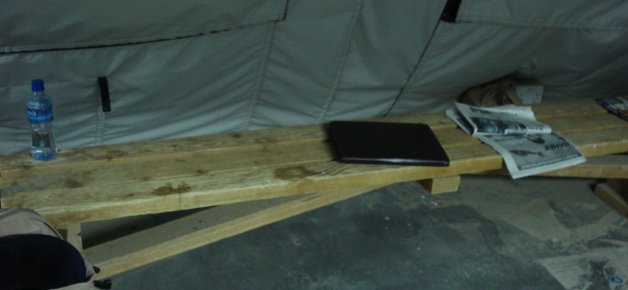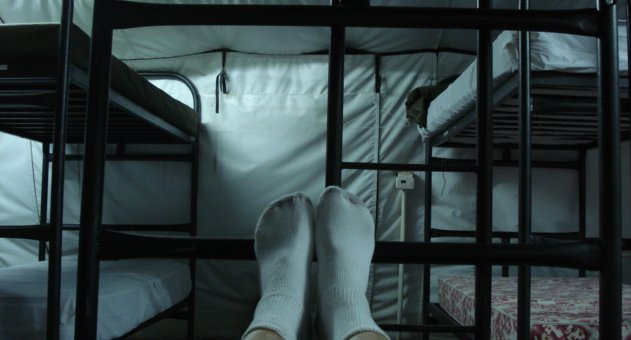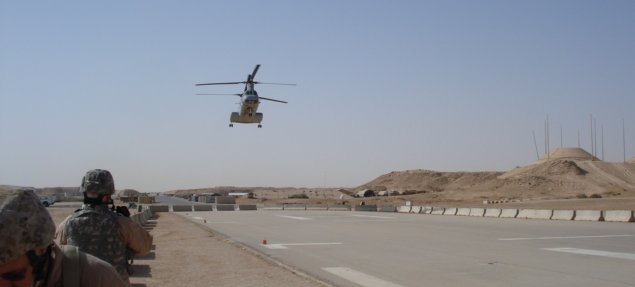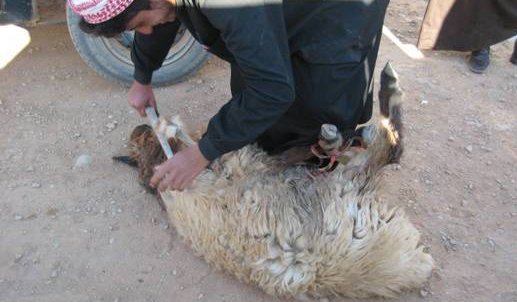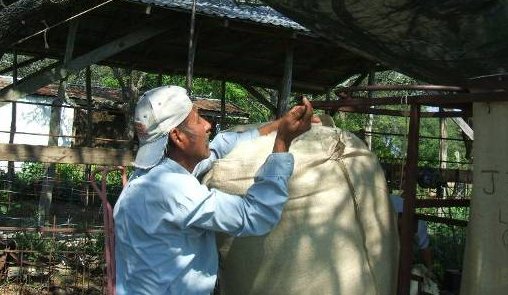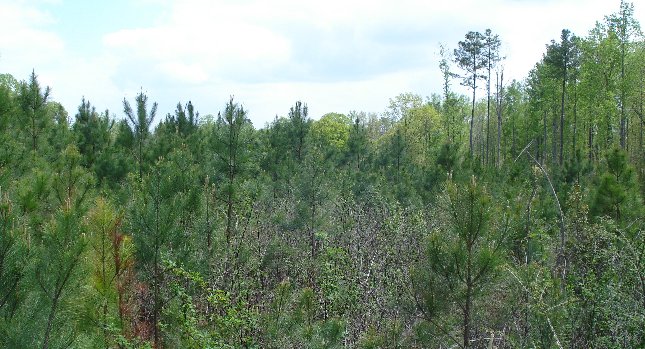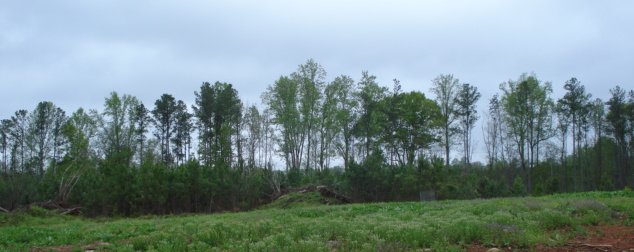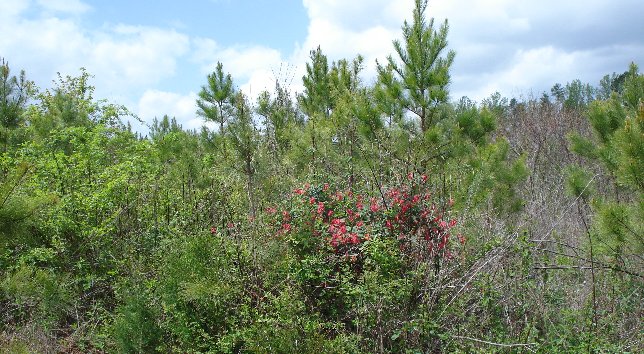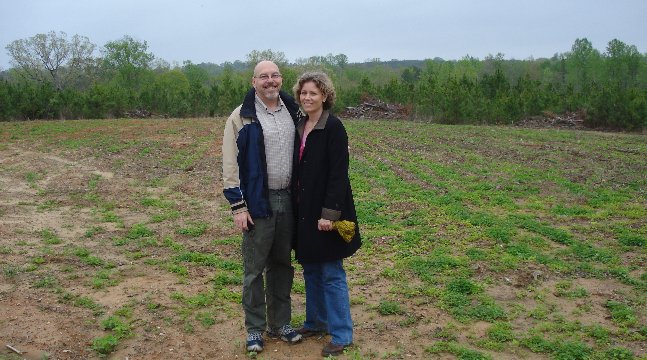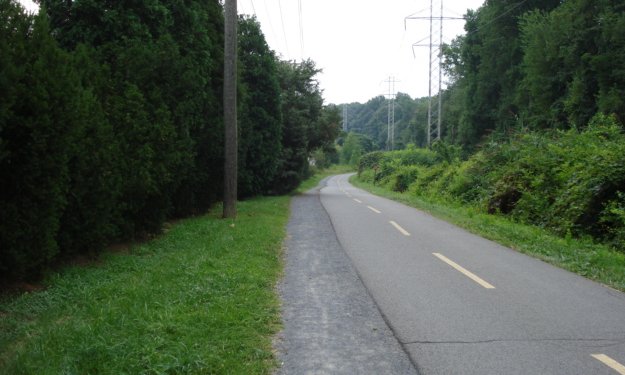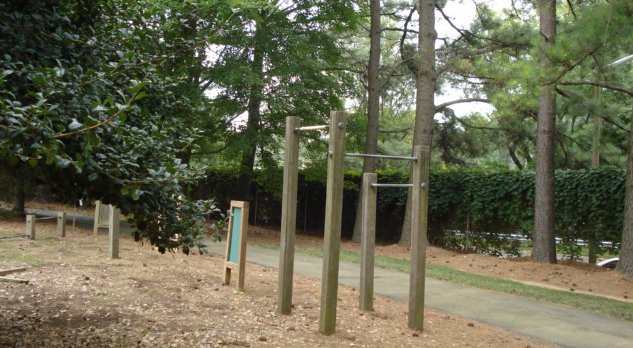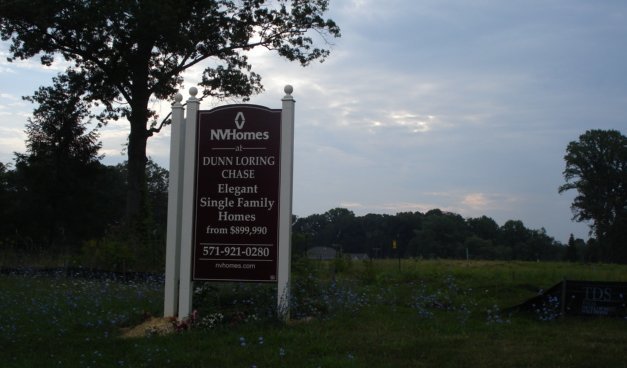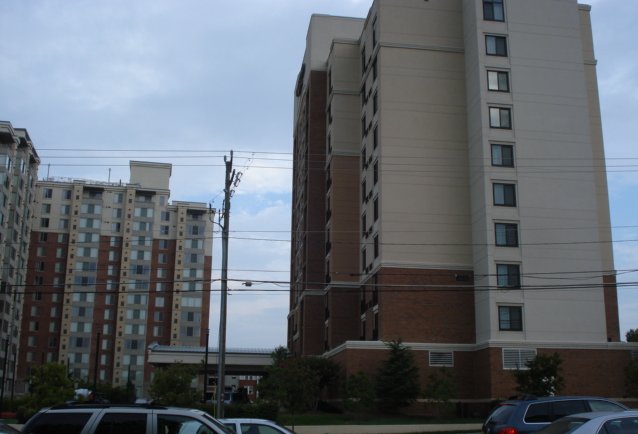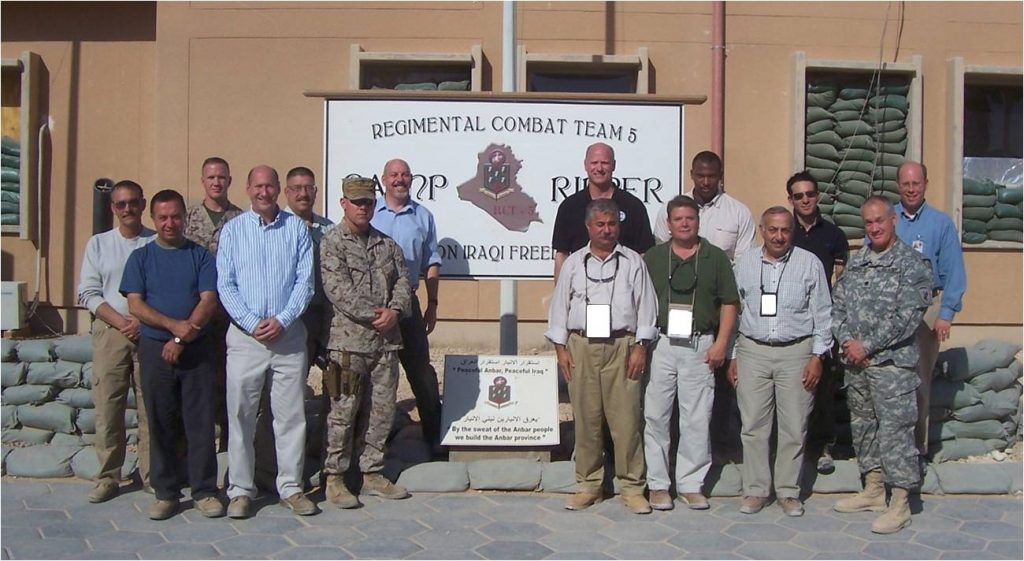
Our ePRT is unique because of its decentralization. Our area of operations covers around 15% of Iraq; we have five separate districts and it is very hard to travel among them. In response, we developed a system of embedded team members, who stay with the battalion task forces most of the time. Well, that was the theory. We only got it implemented within the last few months, as staff changes made it possible in practice. The system works wonderfully, but it creates management and communications problems, since there is almost never a time when all team members are together in one place. Today we had a general meeting. Dennis Neffendorf is on R&R and three new team members are supposed to arrive soon, but I don’t think we will ever get a bigger quorum than we got today.
You can see the picture. Of course this picture is not complete because it doesn’t include all the Marines we work with. W/o them, we would be able to do nothing. Marines from the effect group were with us in the first part of our meeting and it was interesting for me to watch the interactions. My team members introduced themselves and said what they did. I was conscious of the great pride they took in their work. I felt lucky to be part of such a team. Every member is motivated to do his best work and we all are trying to learn from each other.
In our small way, we are making history. Our relationships with the Marines, the Iraqis and each other are new and, as I wrote above, our decentralized structure is unusual. I think it is precisely this combination that accounts for the high morale, desire to do a good job and eagerness to improve. Paradoxically, every individual feels simultaneously like an autonomous entrepreneur and an integrated member of a team. All great things are based on contradictions. High morale is also a bit of a surprise in a place like this, but I suspect that the good sprits are more because of and not in spite of the challenging conditions. I am also just lucky to have good team members.
This may be the last time I attend a meeting like this with almost everybody. I will try to have one more in September when my successor arrives, but stuff can happen between now and then. It is interesting to think re leaving. My perspective is changed. When I first got to Al Asad, I thought I would never leave. It was a very unpleasant place and I would have been very happy to leave early. I would have probably called it a reprieve. Now I am not so sanguine. It is true that Iraq has become more pleasant (or less unpleasant) as we have upgraded our offices and the violence is way down, but that is not the whole story. I have gotten used to it. The dust and heat doesn’t bother me as much and I have learned to perceive subtle differences in the landscape, so it does not seem universally barren, as I saw at first. More importantly, I find the work and the people I work with very fulfilling. I also like being around the Marines. Their sense of duty and honor is great. I hope I have learned something from them.
I am making a small difference and that is important to me. I would like to continue to contribute. Beyond that, I feel a little guilty about leaving before the fight is done. Others have to stay; I get to go. Others have suffered a lot more hardship over here; my tour in Iraq was not bad. I console myself with the belief that I will have done my duty, finished my entire time & kept my word. You can always do more, but at some point you have to recognize that it is enough. I am certain that everything will go on fine w/o me, but this gnawing feeling mitigates the joy I feel about going back to my family and the green and pleasant places at home.
I am sure I will get over it in short order. When I am not in Iraq, it almost seems an unreal dream when I think about it. It is so different living in America it almost seems like I am a different person. I can understand why ordinary Americans who have never experienced this life have trouble understanding it. It is astonishing to think that one day soon I will get on a plane and a few hours later this will all be over for me.

